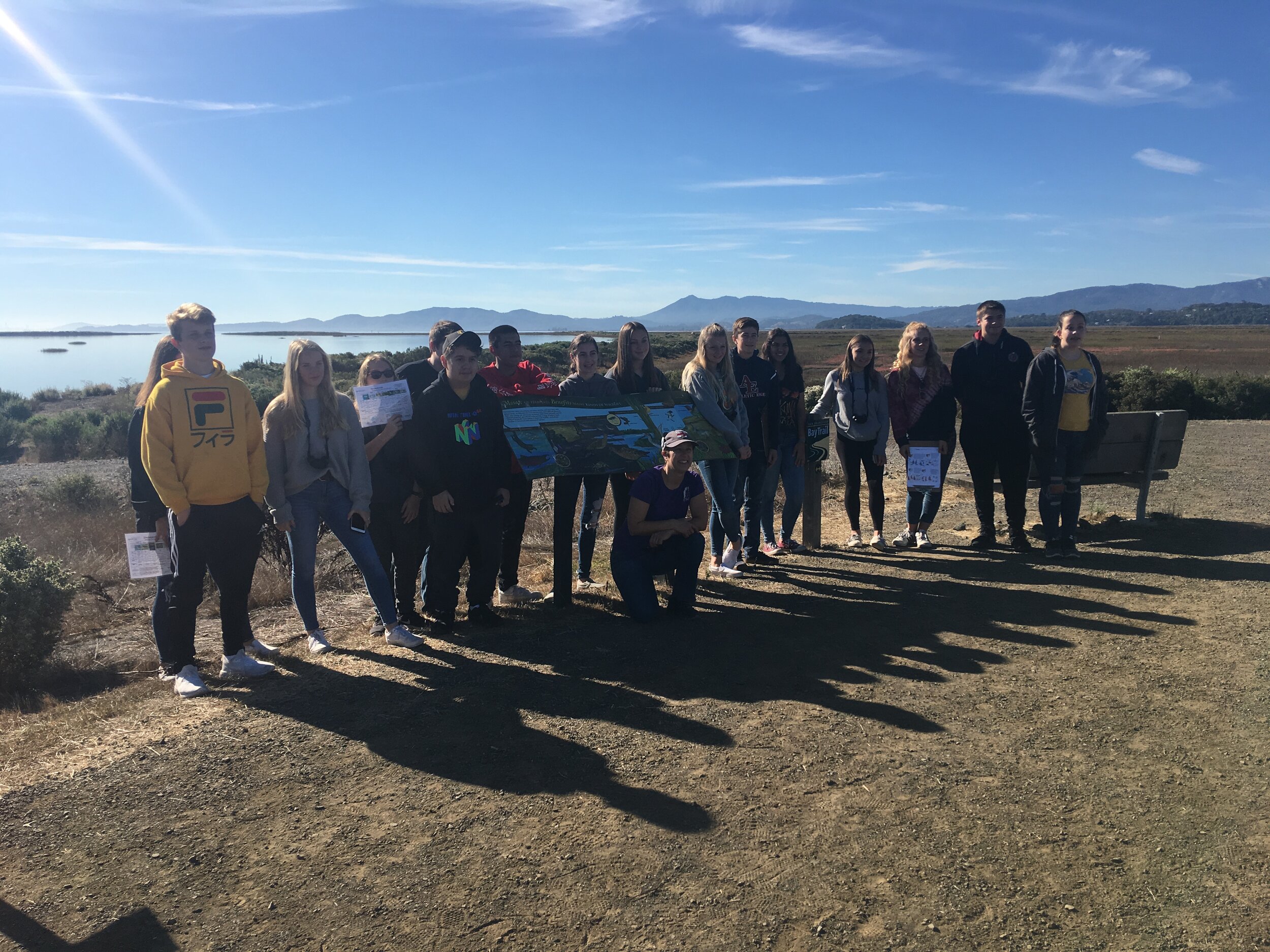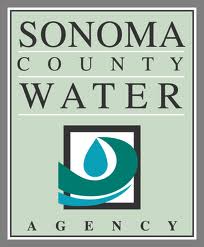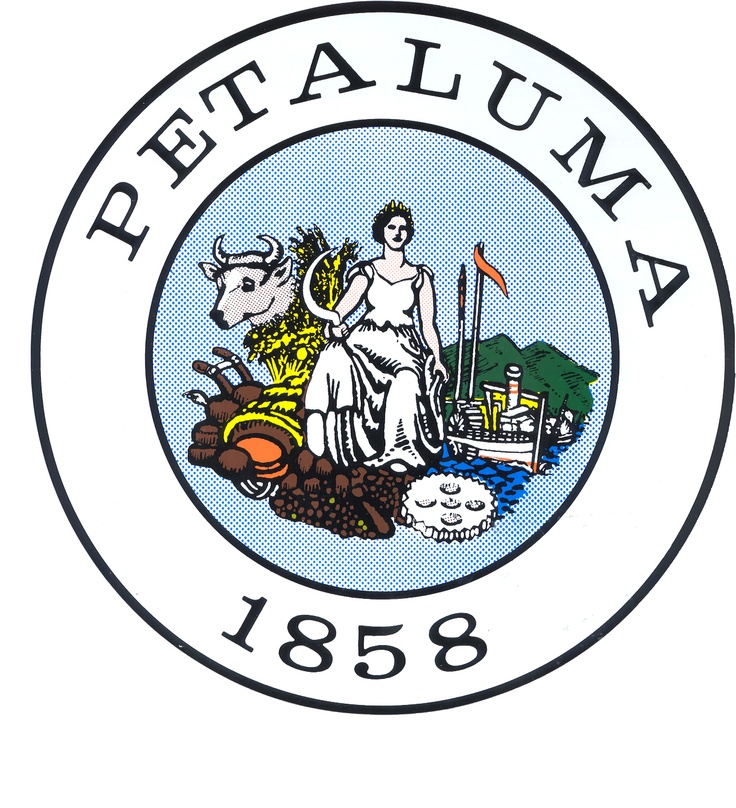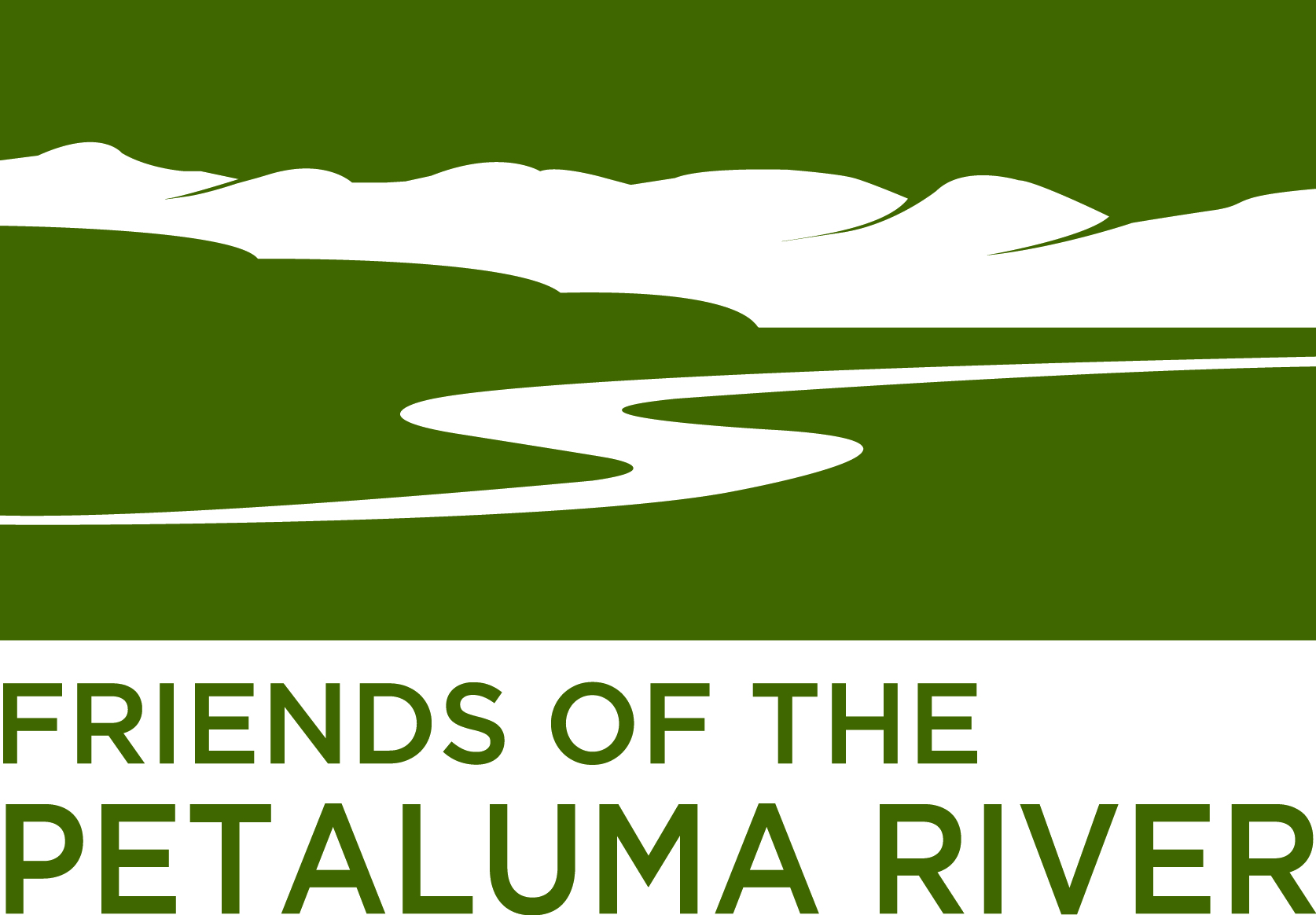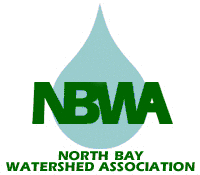Welcome Fall 2017 Projects!
/It’s a new semester and a new year in the Watershed Classroom! I want to say a big welcome back to our four Fall projects. All projects are now up on our website. Just click on the project's names to be taken directly to their pages!
Each One Matters
Does the Crossroad's campus make a positive or negative contribution to the Petaluma Watershed environment?
This exciting curriculum by Karen Kesseru and Michael Watt is entering its second year in the program. Students of Crossroads Community Day School will work with Daily Acts and the School Garden Network of Sonoma County to continue work on a campus garden while they learn about the Petaluma Watershed. Last year, students read Silent Spring by Rachel Carson and learned about the effects of pesticides on our environment and how they could be affecting our river. This year, with many of the same students in class, they will be exploring the carbon cycle in relation to our watershed, investigating carbon’s place in their campus garden and the Petaluma River.
Exploring Local and Global Environments
How are the Petaluma and Amazon Watersheds similar, different, and interconnected, especially with regard to global climate?
This is another second year project, this one from McNear Elementary School written by Kirsten Franklin. It is focused on making connections between the local and the global. Students will explore our own Petaluma Watershed by comparing it to the Amazon Watershed, with students from both watersheds writing to each other about their local environment. They will also be working with STRAW to investigate Thompson Creek, which runs alongside their school campus. This project will help communicate that their own backyard is part of a global ecosystem. In addition to her project page, you can check out Kirsten’s amazing work in this fantastic article she wrote for Ten Strands and on her class website!
Thompson Creek Watershed
What are the characteristics of a watershed, and specifically, what are the characteristics of our local watershed, which drains into Thompson Creek?
This is a brand new project from former Watershed Classroom teacher Eric Norstad. Students from Norstad’s class will work closely with Franklin’s class, covering many of the same topics and themes. Norstad’s project will focus on building an intimate relationship between students and the watershed in their own backyard with frequent visits to Thompson Creek, which runs alongside their school campus. Students will interact with their local creek by hiking its length to its mouth at the Petaluma River, studying erosion in the winter time, surveying for wildlife on its banks, participating in a clean-up, and performing monthly water tests.
Three Sisters Garden
How will plants co-habitate in an effort to conserve water and produce food for sustainability?
Image from ecoliteracy.org
This final project is from Pat Godoski and Jan Brogan at Two Rock Elementary School. It actually began in Spring of 2017 and is now nearing its completion. The project is based on the Iroquois Native American practice of planting beans, squash, and corn together. In this method, called three sisters gardening or companion planting, the three sister plants work together to provide each other with nutrients and to refresh the soil. Students working on this project have already designed and constructed a watering system for their school garden and learned about water conservation and agricultural pollution. Soon they will harvest from the garden, enjoying the fruits and vegetables of their labor.
Stay Tuned!
We hope you are as excited as we are about another semester of Petaluma Watershed education! Stay tuned in to the blog for news on these exciting projects.
